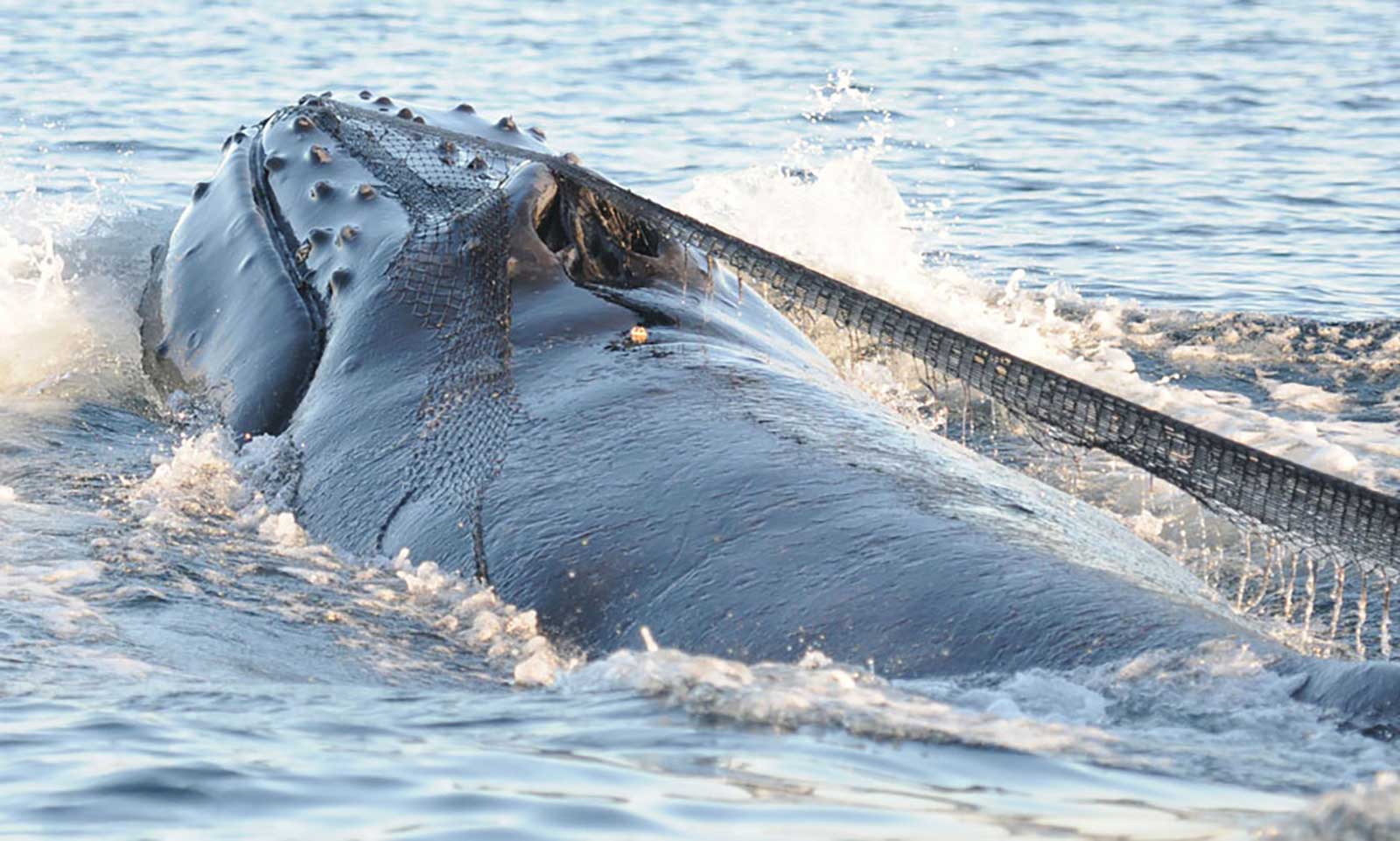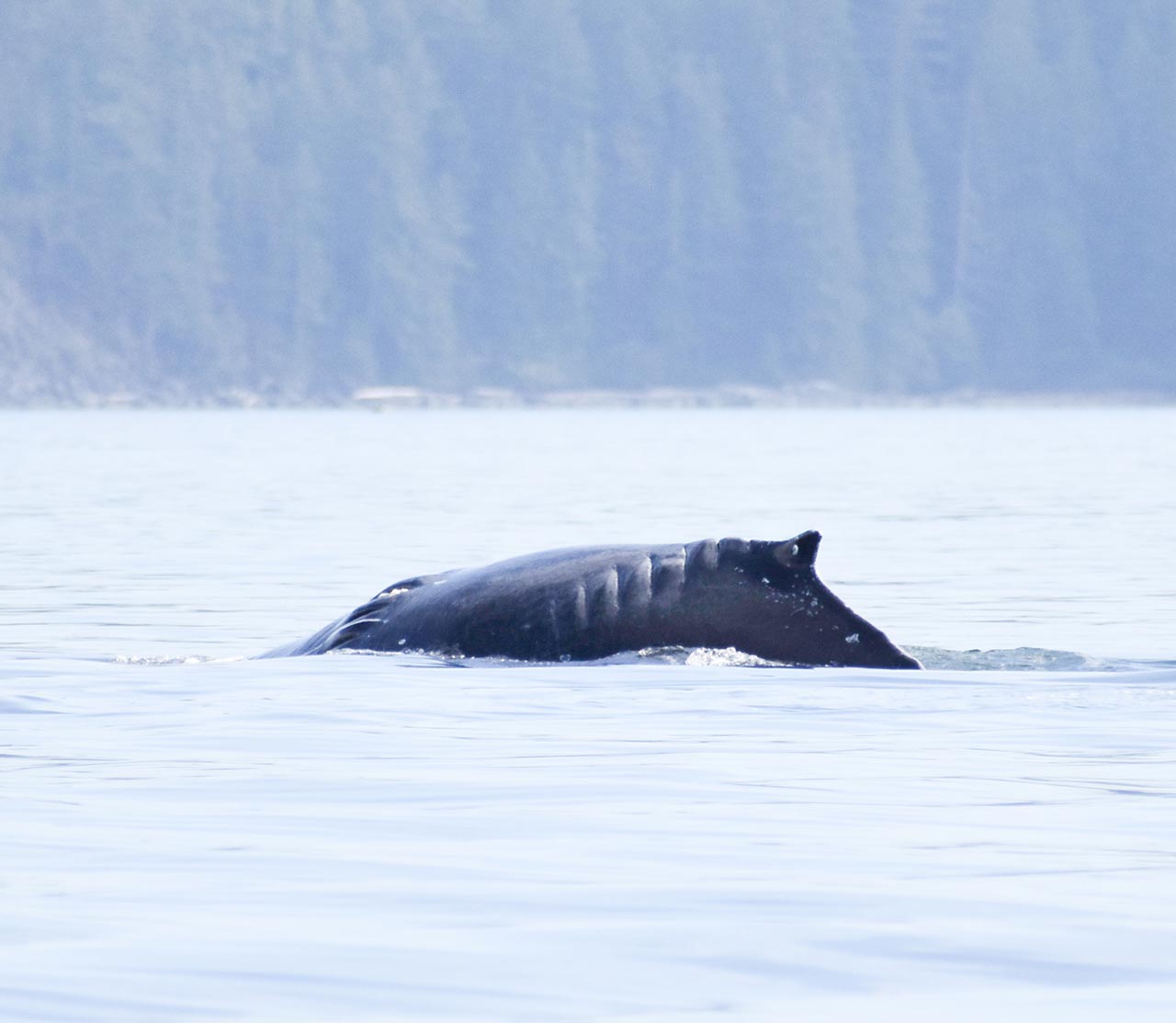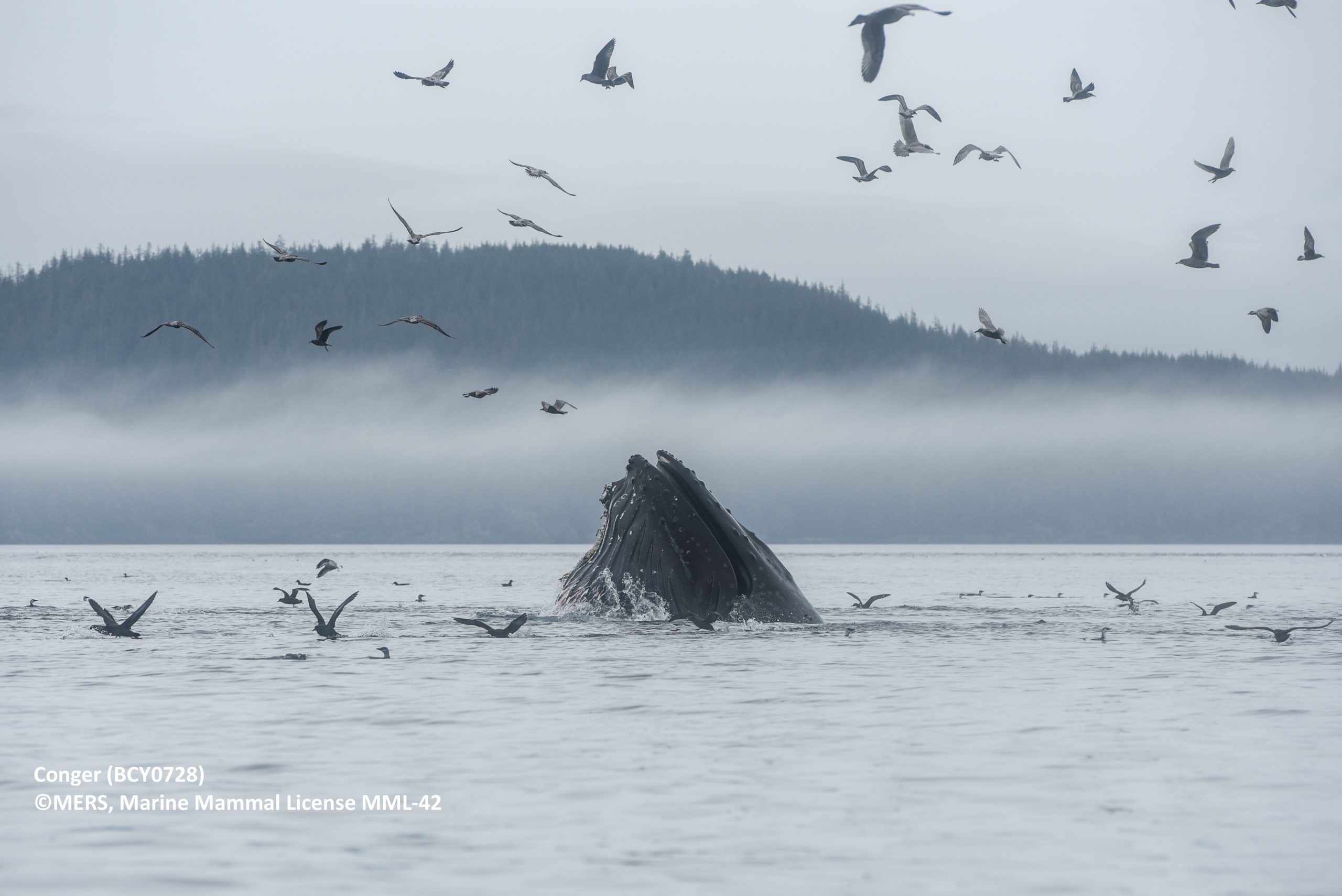
December 12, 2025
2025 MERS Annual Report
As the year draws to a close, it offers a chance to pause and look back on the projects, milestones, people…
MERS Marine Education & Research Society

Entangled Humpback Cutter (BCX1438) ©MERS, MML-42
Marine Mammal in Distress? Call 1-800-465-4336.
We respond to reports of entanglement, vessel strike, and other human-caused incidents to marine mammals, undertaking rescue operations coordinated by Fisheries and Oceans Canada. We assist with necropsies to determine cause of death, educate others about marine mammal rescue, and study threats to whales.
British Columbia’s marine environment is vast whereby animals in distress may never be detected and therefore cannot be rescued. Prevention of threats is essential which is why our research is directed at how often and where incidents occur. This includes identifying injured Humpback Whales and determining impacts on their survival.
You can help by knowing what to do, and what not to do, when a marine mammal is in distress.
Our preliminary research results show that ~ 50% of Humpbacks in British Columbia have scarring that shows they have been entangled. These data provide an indication of how very serious the risk of entanglement is. It does not reveal how many Humpbacks have died as a result of entanglement. These deaths are often undetected because whales usually sink when they die or strand in remote locations.
You can help by being alert for entangled whales and knowing what to do when you see one.
NEVER go near and attempt to disentangle a whale. Not only have people died, it is illegal, and unlikely to help the whale. Please read the text below for how to help.
With great urgency, report the entanglement with location. In British Columbia call the DFO Incident Line at 1-800-465-4336. If you do not have cell service, use VHF Channel 16 (Coast Guard). For entanglements in Washington State, call SOS WHALE (1-877-767-9425).
If at all possible, remain with the whale at a distance until trained help arrives or another boat takes over tracking, otherwise the chances of finding the whale again are greatly diminished.
From a distance that doesn’t stress the whale (minimum of 100 metres), take video/photos to document the entanglement and allow identification of the whale as an individual. To recognize who the whale is, the ideal is to have photos of their dorsal fin and underside of their tail.
Do NOT attempt to remove any fishing gear or rope from the whale. Not only is it extremely unsafe, it risks the wellbeing of the entangled whale.
Popular media frequently portrays entangled whales as passive. These are likely to be whales in very poor condition, who may not survive even if disentangled. Far more often, entangled whales are stressed and, if able, will evade attempted approaches.
The greatest chance of saving the whale relies on professional training, knowledge of whale behaviour, specialized equipment, and removing ALL the gear in which the whale is entangled. Often the rope or fishing gear is not visible at the surface of the water.
Professional training and specialized equipment are needed to assess the entanglement and proceed safely with the greatest chance of success. It is also imperative to know whale behaviour.
Often, much of the entangling gear is not visible at the surface. If members of the public put themselves at risk and remove gear at the surface, they would not help the whale because now it is more difficult to recognize that the whale is entangled.
The fishing gear visible at the surface is also essential to be able to disentangle the whale. Trailing gear at the surface provides the opportunity for trained responders to attach a tag to track the whale and/or to attach floatation to maintain contact with and slow down the entangled whale.
If you are a boater, you can help by detecting when a marine mammal is in trouble and knowing what to do. You can also help reduce the risk of collision and disturbance through using the Whale Warning Flag and modeling best boating practices. The more you know about the animals’ behaviour and boating laws around marine mammals, the more you can help.

Callahan (BCY1203) with scarring from boat propeller ©Zoe Molder

December 12, 2025
As the year draws to a close, it offers a chance to pause and look back on the projects, milestones, people…

August 5, 2025
July marked 15 years since MERS first incorporated as a Society. What started as five friends who were compelled to learn…

July 10, 2025
On July 2, the Marine Education and Research Society (MERS) launched the Whale-Safe Boating course. This free, online, comprehensive resource fulfills…